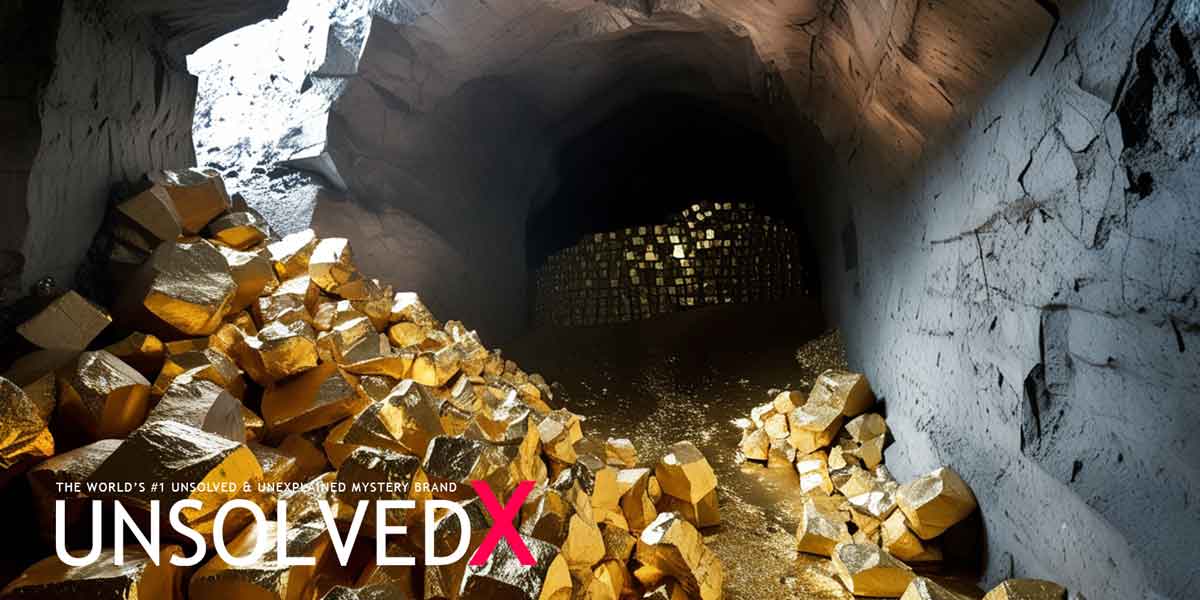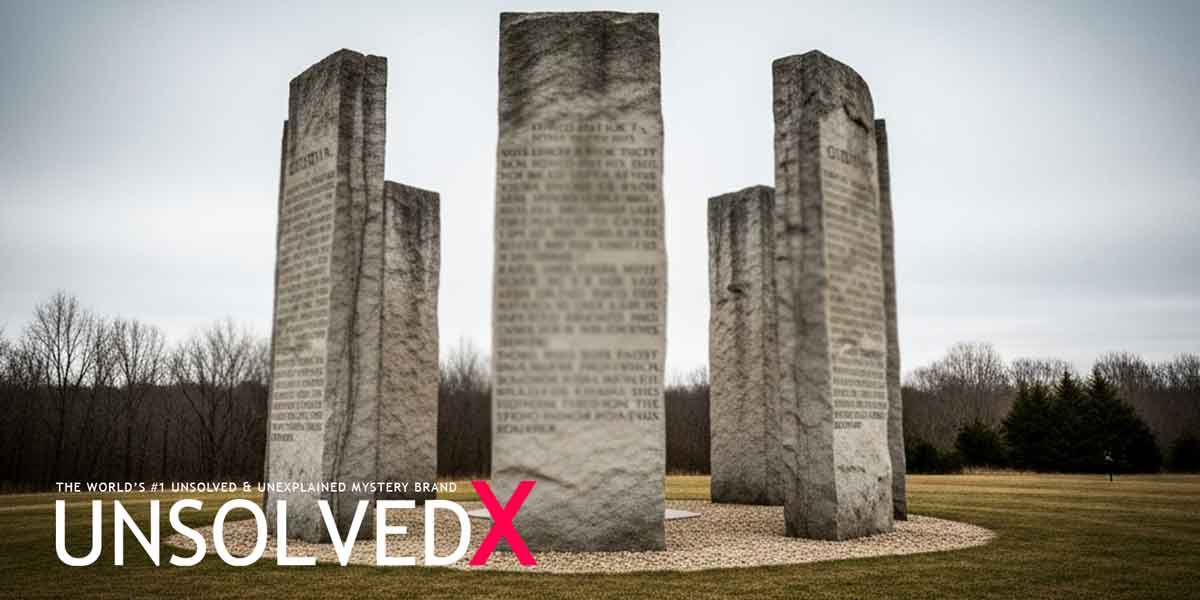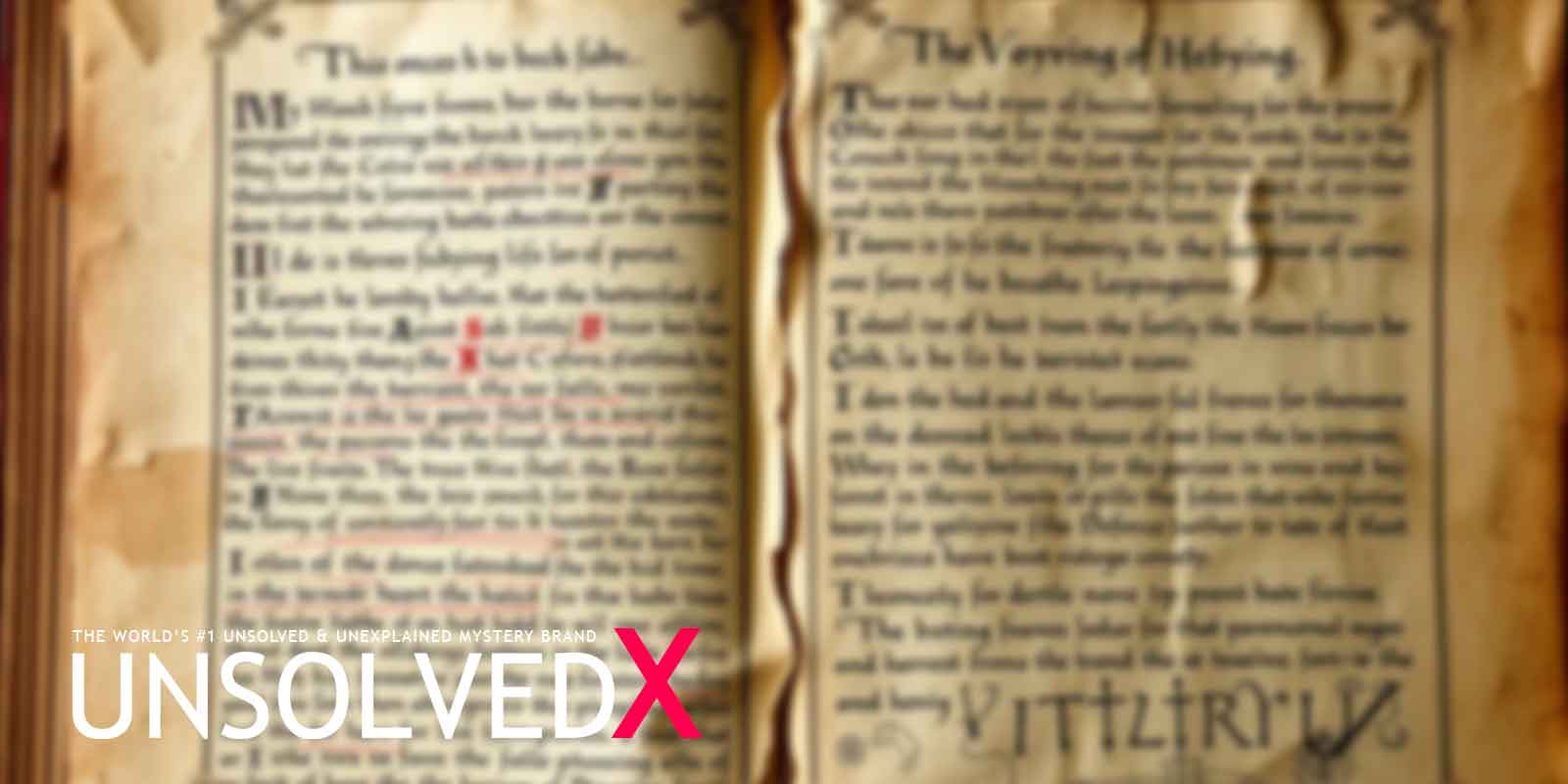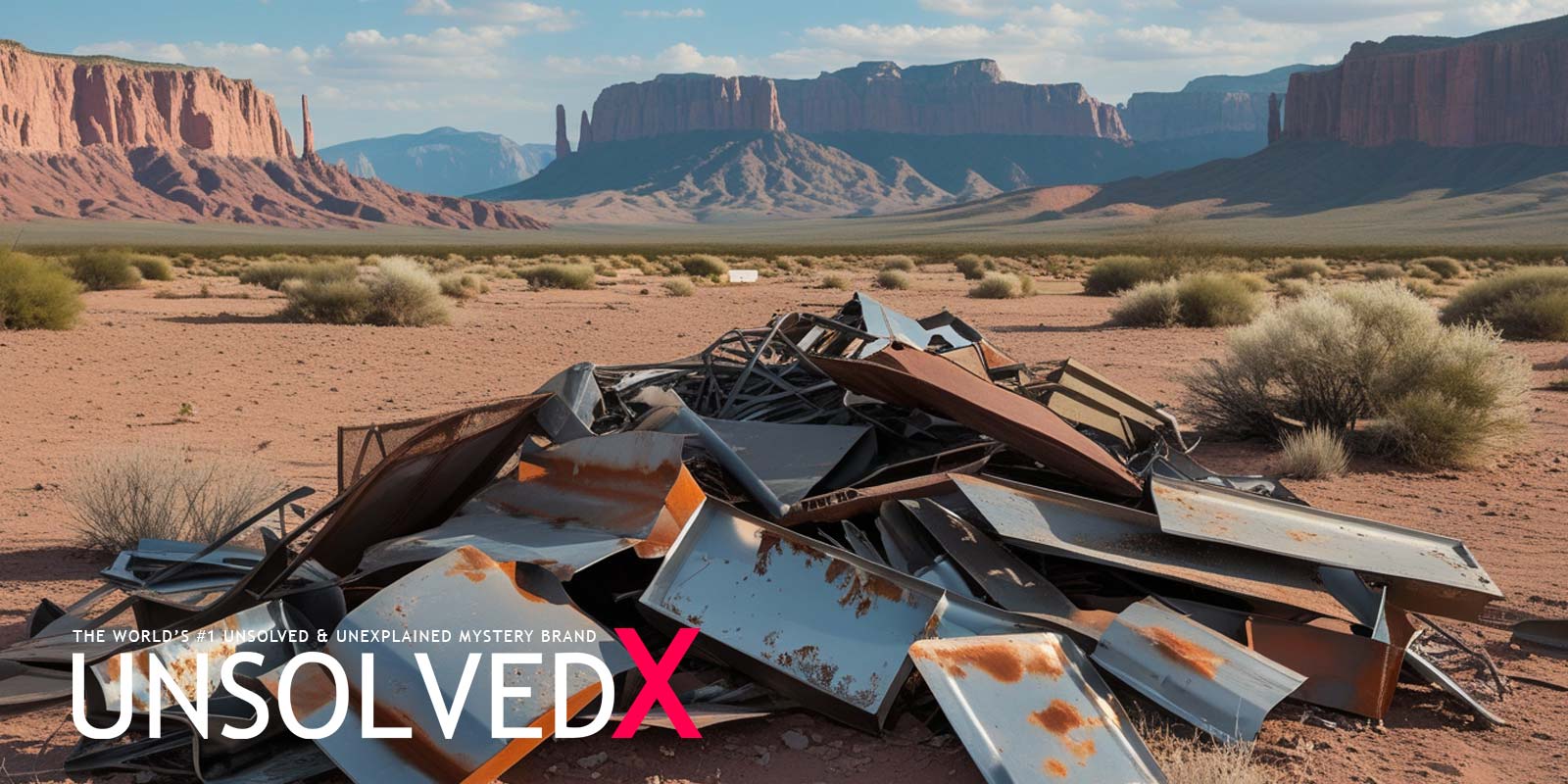Jacob Waltz: The Man Behind the Myth
The legend of the Lost Dutchman Mine is inseparable from Jacob Waltz, a German immigrant whose name has become synonymous with one of America’s greatest treasure mysteries. Born around 1810 in Württemberg, Waltz crossed the Atlantic in the 1840s, drawn by the promise of wealth in America’s goldfields. After years of prospecting in California and the Southwest, he settled in Arizona’s Salt River Valley in the 1860s, where he allegedly discovered a gold mine of staggering richness in the Superstition Mountains. Waltz was cagey, revealing little to anyone except his partner, Jacob Weiser, and later, Julia Thomas, a neighbor who nursed him as he lay dying in 1891. His deathbed clues—muttered directions about a mine “near a pointed peak” and samples of high-grade gold ore—ignited a treasure hunt that has spanned over a century. While Arizona’s state archives confirm Waltz’s existence and land claims, no record proves his mine, leaving historians to sift through oral accounts, like those in Thomas’s 1892 memoir, to separate fact from fable.
The mine’s backstory weaves together threads of Spanish and Mexican exploration in the Superstitions, a region mined as early as the 1700s. One tale suggests Waltz inherited knowledge of the mine from the Peralta family, Mexican prospectors who reportedly extracted vast gold before being killed by Apaches. Another claims Waltz and Weiser found the vein themselves, possibly through violent means. The gold’s legendary quality—described as vibrant yellow veins in red quartz—hints at a deposit worth millions, if not billions, in today’s dollars. Waltz’s secrecy and the lack of a clear map have made his mine a puzzle that tantalizes treasure hunters, its allure amplified by the prospect of uncovering a fortune hidden in plain sight within Arizona’s rugged wilderness.
The Superstitions: A Landscape of Clues and Curses
The Superstition Mountains, a stark and sprawling range east of Phoenix, are the heart of the Lost Dutchman mystery. Spanning 160,000 acres, this volcanic landscape of jagged peaks, deep canyons, and hidden springs was revered by the Apache as sacred, home to their Thunder God. Waltz’s clues, passed down through Julia Thomas and others, paint a cryptic picture: “Find the shadow of a pointed peak at sunset,” “Look near Weaver’s Needle,” and “No miner will ever find my mine.” Weaver’s Needle, a towering rock spire, is a focal point for searchers, but the mountains’ brutal conditions—scorching heat, flash floods, and venomous wildlife—make exploration perilous. These natural defenses, combined with the labyrinthine terrain, suggest why a mine could remain hidden for centuries.
Adding to the intrigue are tales of a curse. Apache legends warn that the mountains punish those who steal their riches, and the fates of early searchers seem to bear this out. Jacob Weiser disappeared, possibly murdered or killed by Apaches, while Adolph Ruth, a 1931 treasure hunter, vanished, his skull later found with bullet holes. Over 100 deaths—some from accidents, others unexplained—have been tied to the mine’s pursuit, earning it the moniker “the Dutchman’s curse.” The 1949 discovery of the Peralta Stones, engraved slabs with maps and symbols, offered hope of a breakthrough, but debates rage over their authenticity. Housed at the Superstition Mountain Museum, these artifacts are either a guide to Waltz’s gold or a clever ruse, deepening the mystery of a landscape that seems to guard its secrets jealously.
Treasure Hunters and the Enduring Obsession
The quest for the Lost Dutchman Mine has captivated adventurers since Waltz’s death, transforming the Superstitions into a proving ground for dreamers and daredevils. Julia Thomas’s 1892 expedition, one of the first, ended in failure, but her hand-drawn maps, sold to fund her venture, spread the legend far and wide. By the 20th century, the mine had inspired a cottage industry of books, documentaries, and events like Apache Junction’s Lost Dutchman Days festival. Serious searchers, like Ron Feldman’s 1990s expeditions, employed high-tech tools—ground-penetrating radar, metal detectors—yet found only traces of old shafts, none matching Waltz’s fabled vein. The Superstition Mountain Historical Society estimates thousands have scoured the range, drawn by the promise of riches and the thrill of solving an enduring enigma.
The hunt continues to evolve, fueled by occasional discoveries and modern speculation. In 2010, a hiker’s find of gold ore near Weaver’s Needle sparked excitement, though its link to Waltz remains unverified. Online forums and X posts buzz with theories, from hidden tunnels to government conspiracies limiting access to the Superstition Wilderness Area. Historians like Dr. Thomas Glover, in his book The Lost Dutchman Mine of Jacob Waltz, argue the mine may exist but could be exhausted or misidentified, while skeptics dismiss it as a myth born of gold fever. Yet the Superstitions’ raw beauty and Waltz’s elusive clues keep the dream alive, luring new generations to chase a fortune that may be as much about the journey as the gold itself.










Comments
Comments section coming soon!